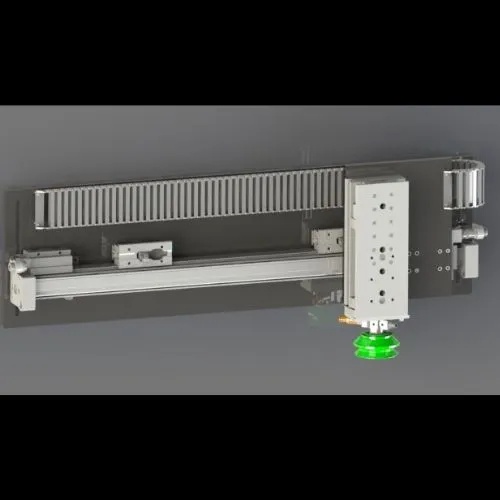Bringing your electronic product vision to life requires a well-defined roadmap. This guide delves into the exciting world of electronic product design and development (EPDD), equipping you with a step-by-step approach to navigate this intricate process. Whether you're a seasoned inventor or a budding entrepreneur, this roadmap, coupled with the expertise of engineering design consultants, will empower you to translate your idea into a tangible reality.
Step 1: Unearthing the Need - Market Research and Opportunity Identification
The foundation of any successful electronic product lies in understanding a genuine market need. Collaborate with engineering design consultants to conduct thorough market research. This involves:
- Identifying target audiences: Who will benefit most from your product? What problems does it solve for them?
- Competitive analysis: What existing solutions are there? How can your product offer a unique value proposition?
- Market trends: Understanding the current and future trends in electronic technology is crucial for designing a product with long-term viability.
Engineering design consultants can leverage their experience to analyze market data, identify potential roadblocks, and refine your product concept for optimal market fit.
Step 2: Defining the Blueprint - Product Specification and Feature Set
With a clear market understanding, it's time to define your product's core functionalities. This involves:
- Creating a detailed product specification document: This document outlines the technical requirements, features, performance parameters, and user interface (UI) considerations.
- Prioritizing features: Engineer design consultants can guide you in prioritizing essential features based on market needs, technical feasibility, and budget constraints.
- Establishing design for manufacturability (DFM) principles: Early consideration of manufacturing limitations ensures a smooth transition from prototype to production.
Step 3: Schematic Design - Capturing the Electrical Soul
This is where the magic of electronics comes alive. Here's what happens:
- Schematic creation using EDA (Electronic Design Automation) software: The schematic is the blueprint of your product's electrical functionality. It visually depicts the components and their interconnections using standardized symbols.
- Component selection: Choosing the right electronic components is critical for performance, cost, and long-term availability. Engineering design consultants can provide valuable insights into component selection, considering factors like size, power consumption, and compatibility.
Step 4: PCB Layout - The Canvas for Electronic Components
Now, we translate the schematic into a physical design:
- PCB layout using EDA software: The printed circuit board (PCB) is the heart of your electronic product, housing all the electrical components. The PCB layout software allows for precise placement and routing of components, ensuring optimal functionality and manufacturability.
- Signal integrity analysis: Engineering design consultants can analyze signal integrity to ensure clean and reliable signal transmission within the PCB, preventing unexpected behavior and malfunctions.
Step 5: Prototyping - Building the First Brick
Here's where your electronic product takes a physical form:
- PCB fabrication and assembly: Partner with a reliable PCB manufacturer to create the first prototypes. These prototypes allow for real-world testing and validation of your design.
- Functional testing: Rigorously test the prototype's functionalities against the pre-defined specifications. This stage identifies any bugs or design flaws that need rectification.
Step 6: Refinement and Iteration - Continuous Improvement
The journey doesn't end with the first prototype:
- Design revisions based on testing results: Engineering design consultants can analyze test data and recommend improvements to the schematic, PCB layout, or component selection.
- Multiple prototype iterations: Expect to go through several rounds of prototyping and testing, refining the design with each iteration until a fully functional and optimized product is achieved.
Step 7: Production and Beyond - Gearing Up for Success
With a final, validated design in hand, it's time for mass production:
- Manufacturing documentation: Engineering design consultants can assist in creating comprehensive manufacturing documentation, including assembly instructions, bill of materials (BOM), and quality control procedures.
- Production ramp-up and supply chain management: Partner with a reputable electronics contract manufacturer (ECM) to ensure a smooth transition from prototype to high-volume production.
The Power of Collaboration: Partnering with Engineering Design Consultants
Throughout this EPDD journey, engineering design consultants act as your trusted advisors. Their expertise can significantly enhance your product's success by:
- Bridging the knowledge gap: They possess in-depth knowledge of electronic design principles, component selection, and manufacturing processes, ensuring your product is technically sound and manufacturable.
- Accelerating development timelines: Their experience allows them to identify potential pitfalls and suggest efficient solutions, streamlining the development


No comments yet